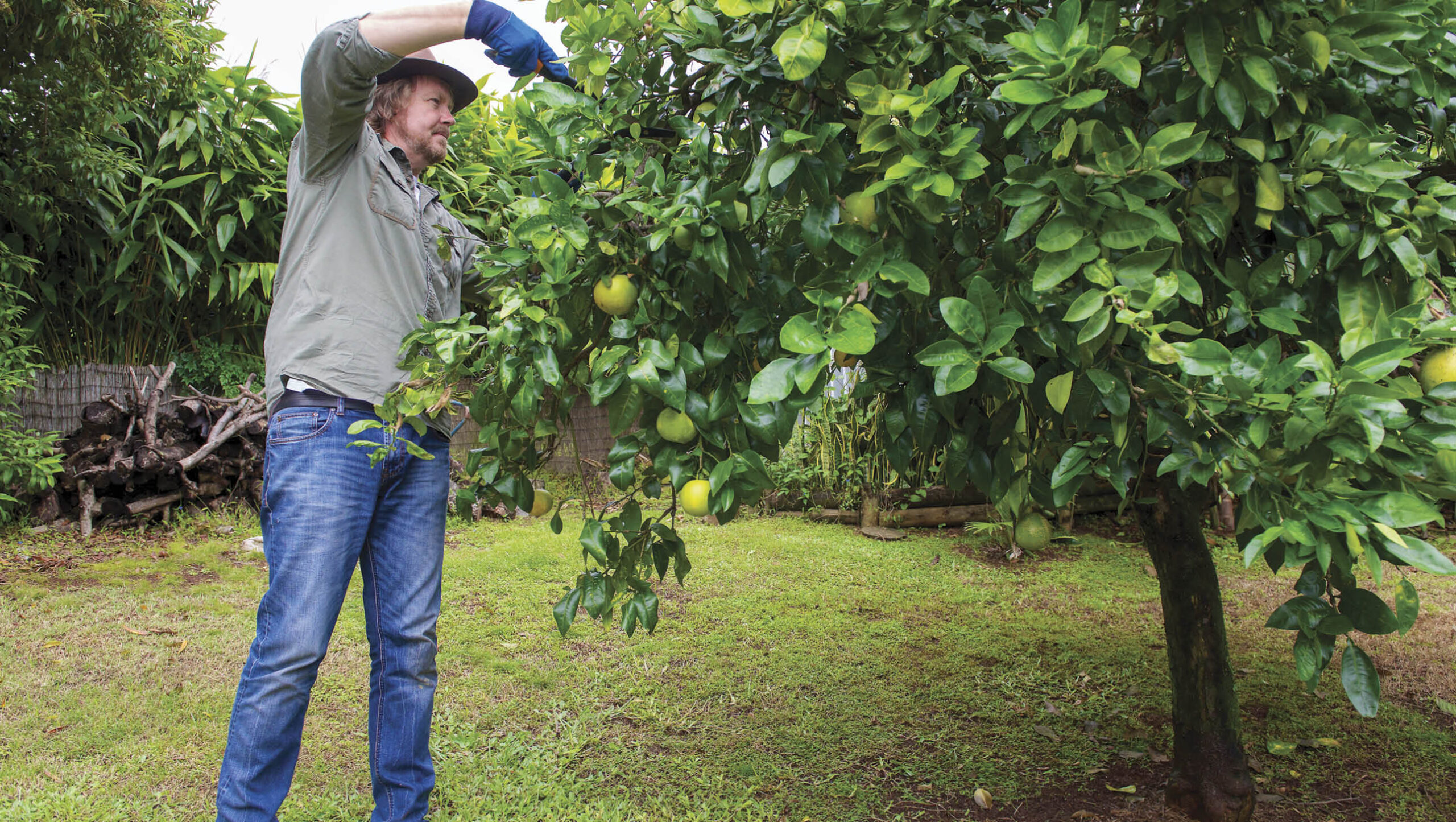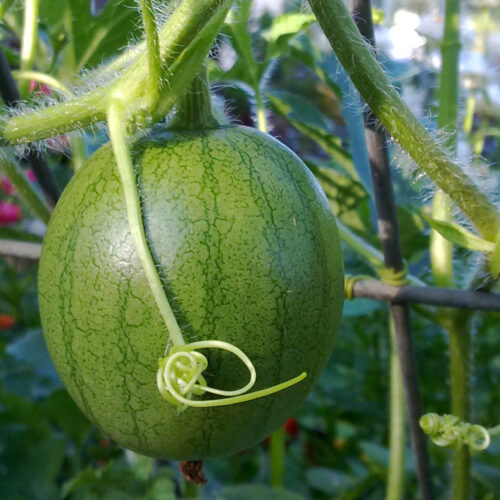How to keep your lemon tree in shape
2024-04-23T04:00:49+10:00
You don’t have to prune a lemon tree, but a little trimming every year will help manage its size and shape, writes horticultural editor, Phil Dudman.
In the garden, lemon trees are just as attractive as they are productive, with their dark-green, glossy leaves, scented white blossoms and beautiful yellow fruit. They make an excellent screen and small shade tree and are easy to train as an espalier feature along a fence line or a north-facing wall. With selective pruning you can keep any lemon tree compact enough to suit your space, and with a few tips I’ll share, you can enjoy excellent returns from container grown lemons. So, let’s get started!
Pruning
You don’t have to prune a lemon tree, but a little trimming every year will help manage its size and shape. Avoid giving your tree an all-over haircut. That removes the fruiting sites, so you will get little or no fruit next season. A selective approach is best. Each year, just cut back a few of the tallest and longest branches – remove about 20 per cent of the canopy in total – and leave the remaining canopy untouched. That way, over time, you will keep the canopy tight and never deny yourself a crop.
The best time to prune is in spring when the risk of frost has passed. There will also be a lot of fruit setting at this time, so you can decide which fruiting branches you are prepared to sacrifice. While you’re pruning, inspect the inner branch work and remove any dead, damaged and diseased wood along with any branches that are crossing and rubbing.
Also, keep an eye out for any suckers sprouting from the base of the trunk and snip these off.
Another good idea is to cut back low-lying branches to keep them and the fruit on them off the ground.
Training your lemon tree
It’s easy to train a lemon tree flat against a wall or fence, as an espalier. Start by setting up a simple frame – this could be a timber trellis, or a series of horizontal wires spaced 40–50cm apart. As the branches grow, loosely tie them to the frame. Aim to fill all the space on the vertical plane for maximum coverage, and trim off unwanted shoots. I have also seen lemons trained beautifully over an arch, forming a shady tunnel that drips with fruit.
You’ll find Phil’s full article with many more tips, including how to deal with pests and diseases, in our Early Winter 2024 issue (OG 149).








